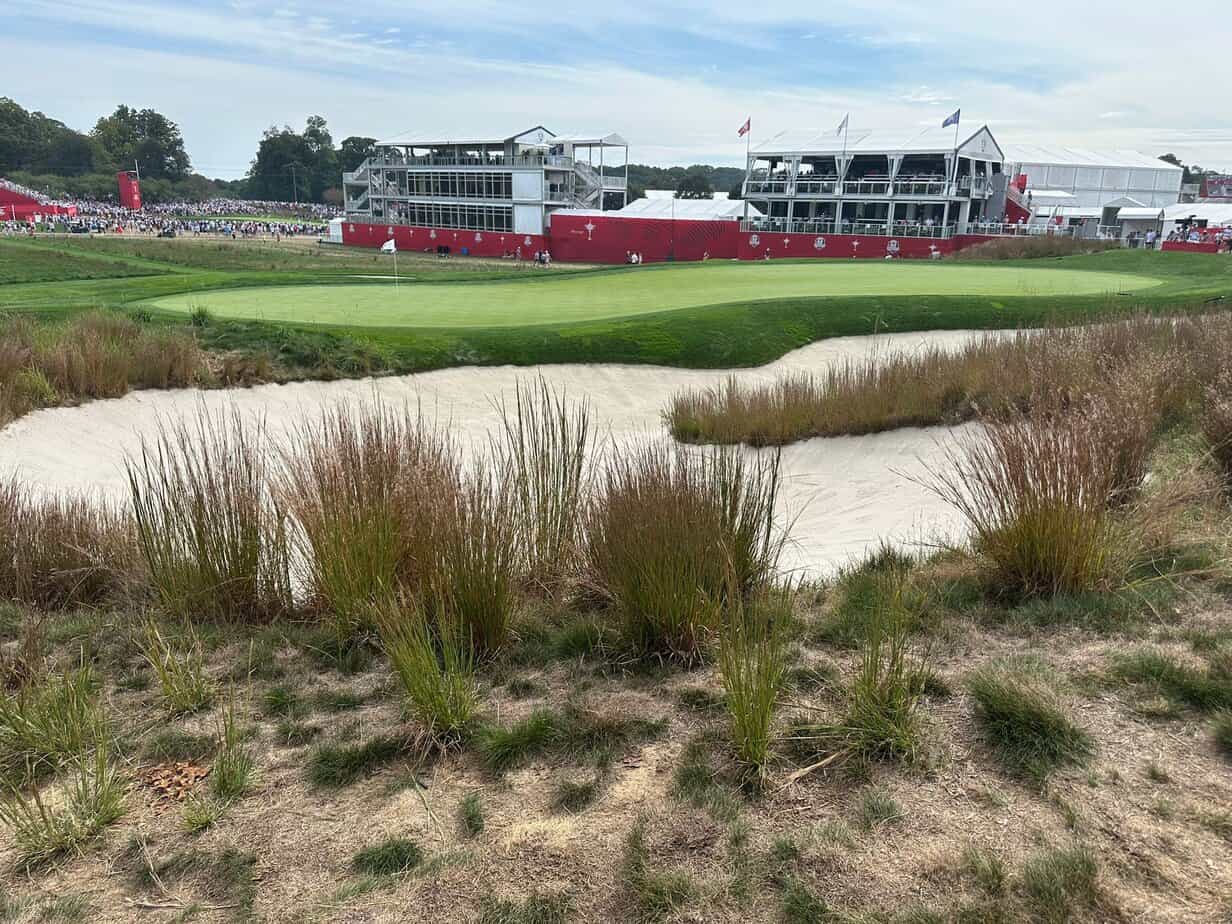The fairways and greens of the Bethpage Black course looked perfect these days as Mr. McIlroy & Co. battled it out for the Ryder Cup. In terms of quality, they were no different to all those American golf courses that have an international reputation for being maintained with far more pesticides, fertilizers and water than is necessary for a sustainable standard. Listening to Frank Rossi, Associate Professor in the Department of Agriculture and Life Sciences, however, gives you a different perspective on the top course. The famous golf course on Long Island has a second, less visible role: it is part of
Cornell University, which has a 25-year partnership with the New York State National Park Service covering a total of 23 golf courses, plays a key role in this. Under
This can only be achieved through cooperation. Together, the university, club and park administration develop strategies that meet both sporting demands and ecological requirements. This includes consistent monitoring: weather data, soil analyses and vegetation maps provide the basis for making maintenance decisions on a daily basis. “By working with Cornell, we have all become more aware and cautious when it comes to applications and using the right product to protect the environment as a whole,” says Mike Hedley, Superintendent of the Black Course , summing up the cooperation.
Reduction in pesticides
The reduction of pesticides was at the heart of the project right from the start. The reason for this was a regulation issued by New York State in 2000, in which the use of chemical pesticides was reduced. Long Island followed this regulation. Between 2001 and 2009, the use of chemical pesticides was reduced by 45 percent and the amount of fertilizer by 60 percent. The program was started on the Green Course and from there expanded to all courses in the New York National Park area. “We tested it scientifically and at the same time applied it immediately under championship conditions,” Rossi summarizes to the Cornell Chronicle.
INSERT_STEADY_NEWSLETTER_SIGNUP_HERE
Promoting biodiversity
At the same time, areas of the park are being specifically enhanced ecologically: The measures are part of an overall concept that the park management is monitoring and supporting. In particular, the strong establishment of native grass species, which can be seen on the edges of the bunkers facing away from the play area, play an important role in this. These were selected by plant expert Victor Azzaretto.
Model character for the US golf world
The cooperation between Cornell University, the golf club and the National Park Service creates a model that points far beyond New York to the American market. During the Ryder Cup, scientists and park administrators will also have the opportunity to communicate their successful model more effectively. According to Rossi, the message is simple. Top quality and sustainable maintenance are not mutually exclusive.









 Fotos: Petra Himmel
Fotos: Petra Himmel Flooding
Flooding